Chianti wine is a well-known Italian wine that has been enjoyed for centuries. It is made primarily from the Sangiovese grape, which is grown in the Tuscany region of Italy. The wine is named after the Chianti region, which is located in central Tuscany and is known for its rolling hills and beautiful countryside.
The Sangiovese grape is a thin-skinned grape that is known for its high acidity and tannins, which give Chianti wine its characteristic flavor. The grape is also used to make other wines, such as Brunello di Montalcino and Vino Nobile di Montepulciano. However, Chianti Classico wine is perhaps the most well-known and widely consumed wine made from the Sangiovese grape.
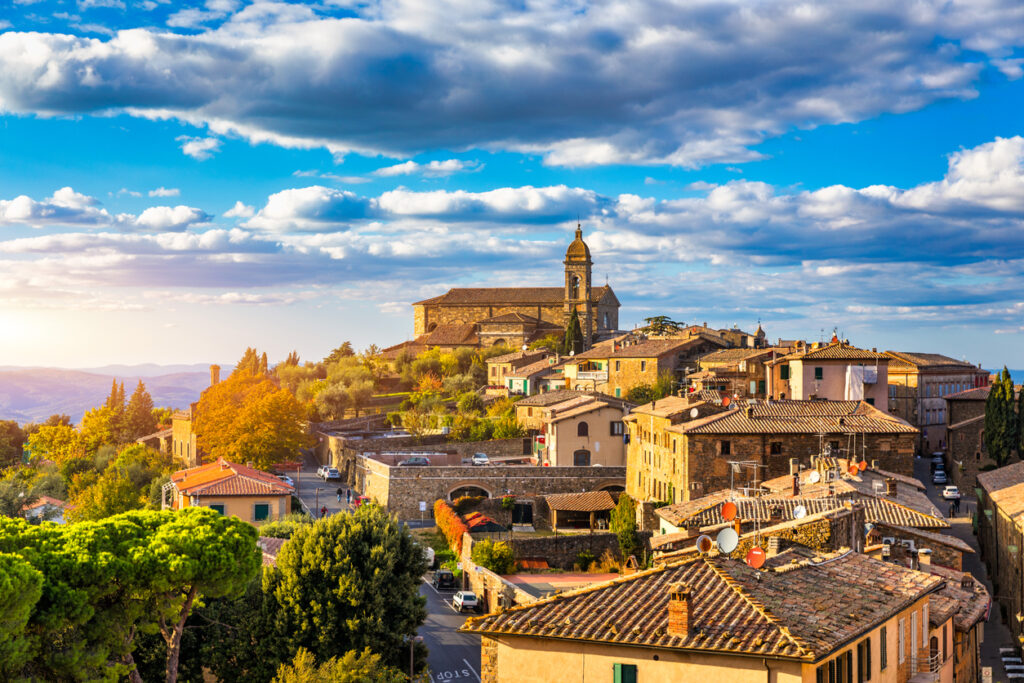
Chianti wine has a long and rich history, dating back to the 13th century. It was first produced in the area around Florence. Today it is known for its complex flavors and aromas. Whether enjoyed on its own or paired with food, Chianti wine is a true delight for wine lovers around the world.
History and Reputation of Chianti Wine
Chianti Classico wine is a red wine produced in the Chianti region of Tuscany, Italy. The italian wine has a long and rich history dating back to the 13th century. However, it was not until the 18th century that Chianti wine gained widespread popularity and recognition.
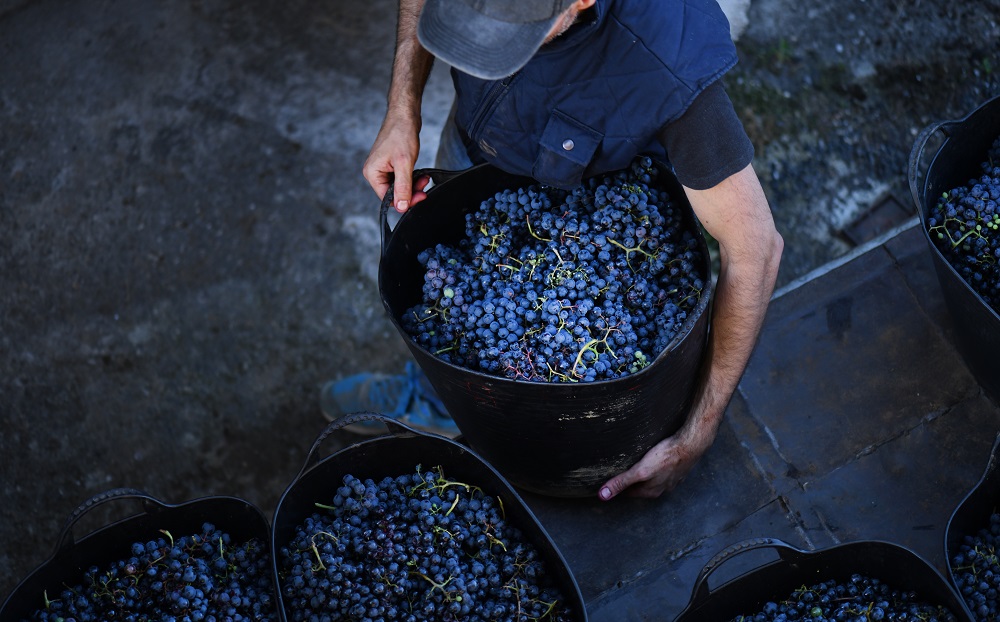
The wine was made from a blend of Sangiovese, Canaiolo, and Malvasia grapes. In 1716, the Grand Duke of Tuscany, Cosimo III de’ Medici, established the boundaries of the Chianti wine region, making it the first wine region in the world to be officially defined.
Modern Chianti
Over the years, regular Chianti classico wine gained a reputation for being a cheap and low-quality wine due to overproduction and the use of inferior grapes. However, in the 1970s, the region underwent a transformation, with producers focusing on higher quality grapes and production methods. In 1984, the Chianti Classico region around florence and siena was granted Denominazione di Origine Controllata e Garantita (DOCG) status, which is the highest level of Italian wine classification.
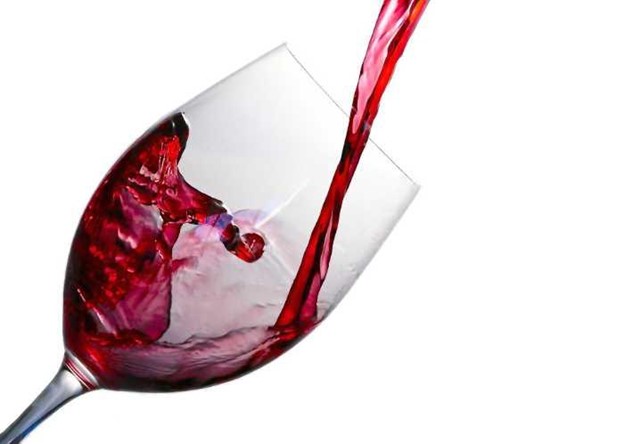
Today, Chianti Classico wine is renowned for its high quality and is recognized as one of the world’s great red wines. The wine is produced in two main regions: Chianti DOCG and the Chianti Classico area of DOCG. The Chianti Classico region is the original and most prestigious region. It produces some of the best Chianti wines in the world.
Chianti Classico wine is typically bottled in a distinctive fiasco, which is a round-bottomed bottle enclosed in a straw basket. This tradition dates back to the 18th century when the bottles were wrapped in straw to protect them during transport.
What is Chianti Wine?
Chianti Classico is a red wine that originates from the Chianti region of Tuscany, Italy. It is made from a blend of different grape varieties, with Sangiovese being the primary grape used. Chianti is known for its medium-bodied and dry taste. It has a high acidity that makes it an excellent pairing for food.
Grapes used for Chianti
The primary grape used in Chianti Classico wines is Sangiovese, which makes up at least 80% of the blend. Other grape varieties that can be used in a Chianti blend include Canaiolo, Colorino, and Trebbiano. The use of white grapes in Chianti is controversial and has been banned in recent years.
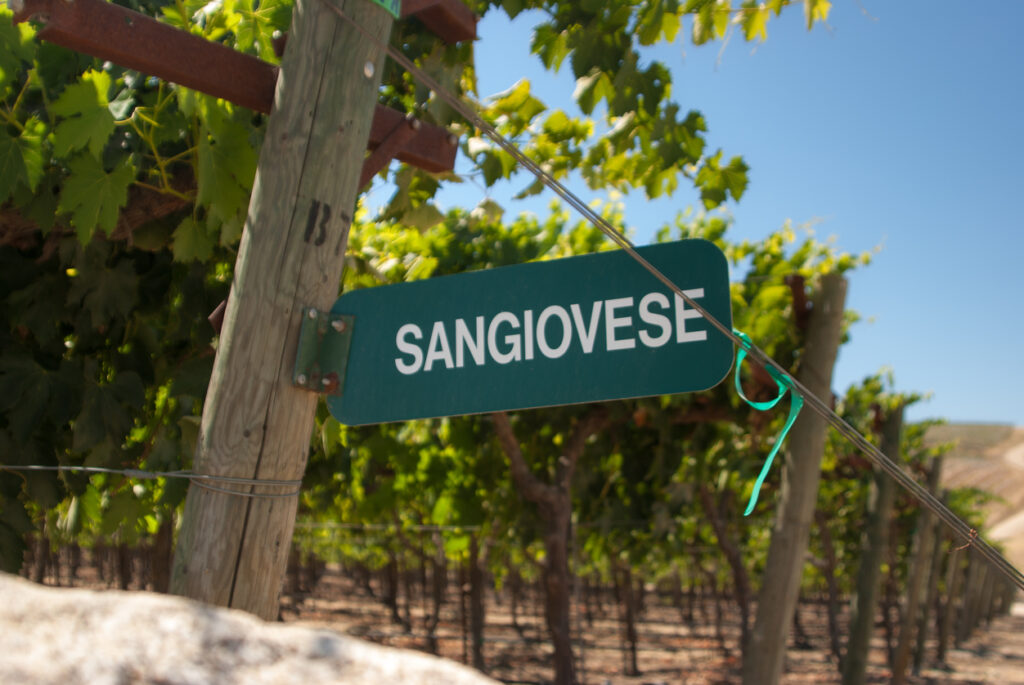
What does Chianti taste like?
Chianti has a medium-bodied and dry taste, with a high acidity that makes it an excellent pairing for food. It has a bright red color, with aromas of cherry, plum, and violet. The flavor of Chianti can vary depending on the specific blend of grapes used. Typically it has a tart and slightly bitter taste, with notes of cherry, raspberry, and spice.
Overall, Chianti is a classic Italian wine that is known for its dry and acidic taste. It is a versatile wine that pairs well with a variety of foods, making it a popular choice for meals.
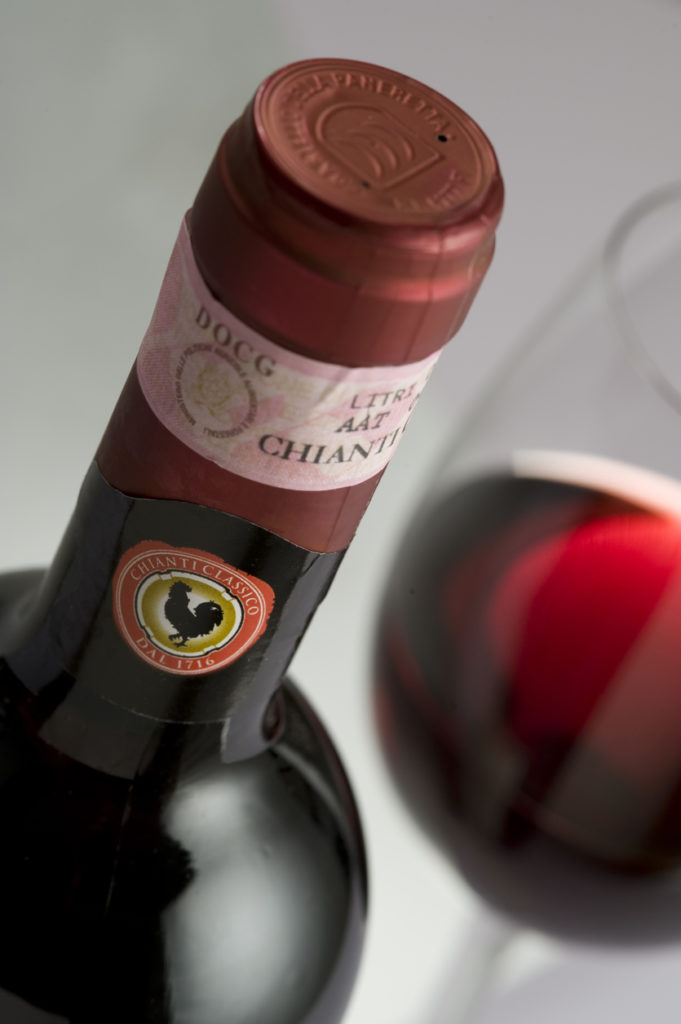
What Food Goes Well With Chianti?
Chianti wine is a versatile wine that can be paired with a variety of foods. The wine’s acidity and tannins make it a great match for many dishes. Here are some food pairing suggestions for Chianti wine:
Does Chianti Go Well with Steak?
Food pairings with Chianti are easy. The Chinati wine pairs well with red meat dishes such as steak, lamb, wild boar, and beef stew. The wine’s tannins and acidity help to cut through the richness of the meat, making for a delicious pairing.
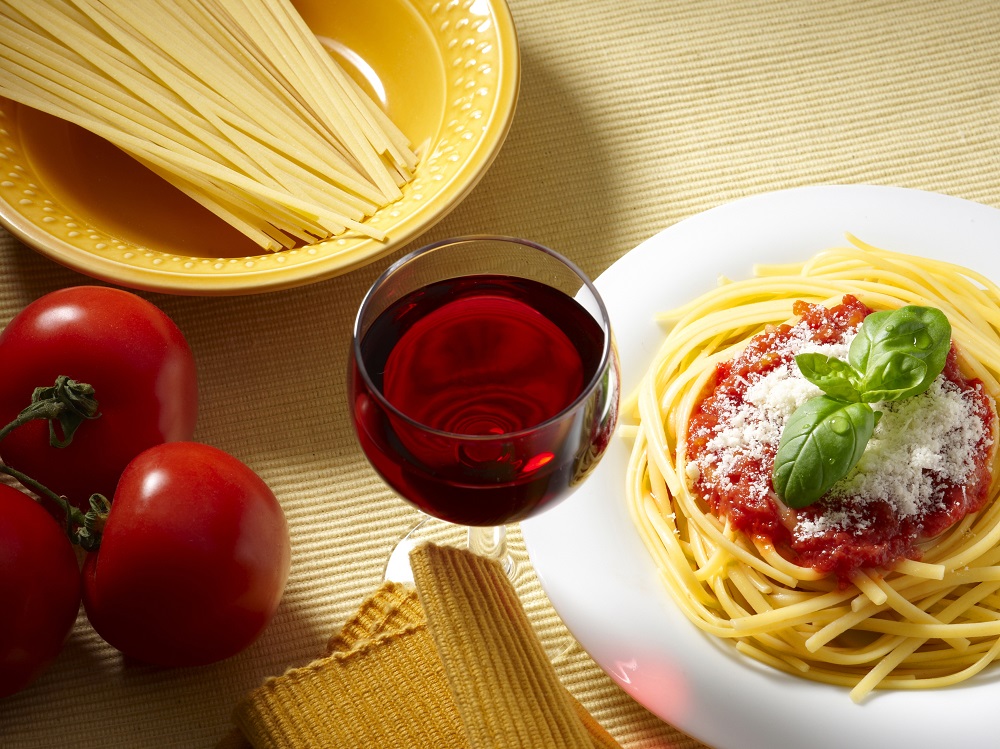
Due to its high tannin content Chianti classico wines go very well with steak. Pair it with a bistecca alla fiorentina! Grilled wild boar represents a good food pairing with Chianti classico wines due to the high fat content of the meat.
Tomato-Based Dishes
Chianti wine is a great match for pasta al pomodoro dishes such as pasta with tomato sauces or pizza with tomato sauce and cheese. The wine’s acidity complements the acidity in the tomatoes, while the tannins help to balance the sweetness of the sauce.
Hard Cheeses
Chianti wines are a good food pairing with hard cheeses such as Parmesan, Pecorino, and aged Cheddar. The wine’s tannins help to cut through the richness of the cheese, while the acidity helps to balance the saltiness.
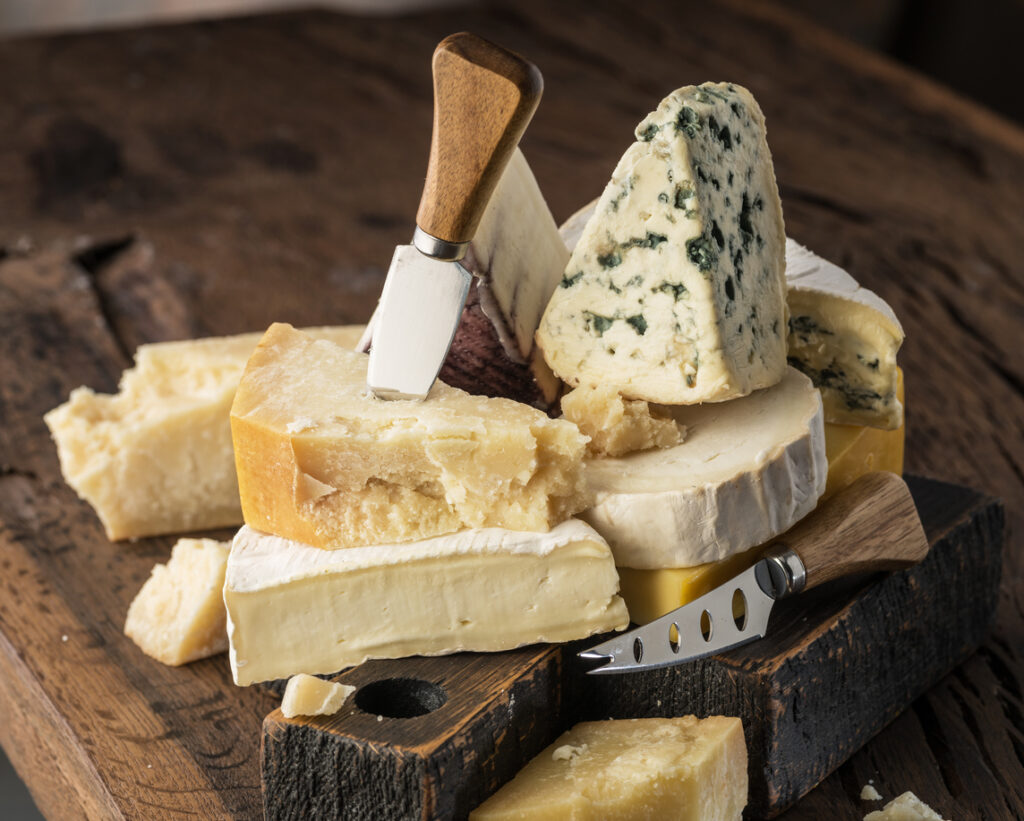
Mushrooms
Chianti wine is a great match for mushroom dishes. Mushroom risotto or mushroom pizza are a good pairing. The wine’s earthy notes complement the earthy flavor of the mushrooms, while the acidity complements the richness of the dish.
Grilled Vegetables
Chianti wine pairs well with grilled vegetables such as eggplant, zucchini, and bell peppers with some drops of olive oil. The wine’s acidity complements the sweetness of the vegetables, while the tannins help to balance the smokiness of the grill as well as some olive oil.
Overall, Chianti wine is a versatile wine that can be paired with a variety of foods. When in doubt, remember that Chianti wine pairs well with dishes that are rich and flavorful.
Chianti Wine Varieties
This red wine can be made from a variety of grapes, but the most common ones are Sangiovese, Canaiolo, and Colorino. Cabernet Sauvignon and Merlot are also used in some Chianti blends to add complexity and structure.
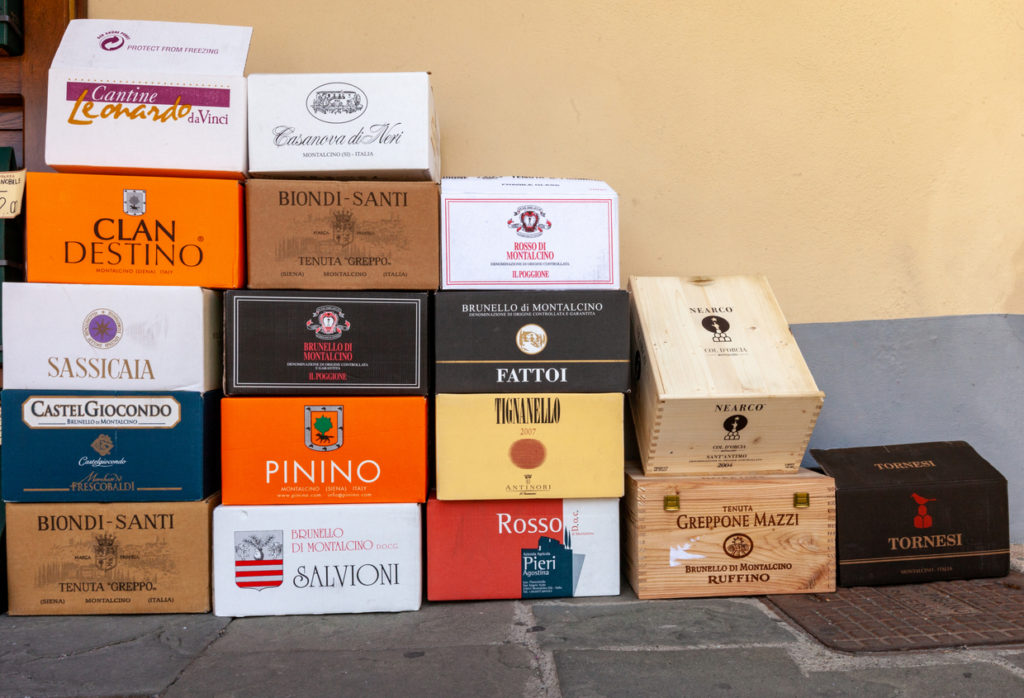
The Chianti region is divided into several sub-zones, including Colli Fiorentini, Montalbano, and Colli Senesi. Each sub-zone has its own unique terroir, which affects the flavor and character of the wine. For example, Chianti Colli Fiorentini wines are known for their high acidity and red fruit flavors, while Chianti Montalbano wines are characterized by their spicy and herbal notes.
Aging of Chianti
These wines are also classified based on their aging requirements. Chianti Riserva wines are aged for a minimum of two years, while Chianti Gran Selezione wines are aged for at least 30 months and are made from grapes grown exclusively in the Chianti Classico zone.
Chianti wines are known for their high tannins and acidity, which make them a great pairing for food with bold flavors, such sweet foods such as pasta with meat sauce or wild game. The wines also have notes of cherry, leather, and dried herbs, with some oak influence in certain styles.
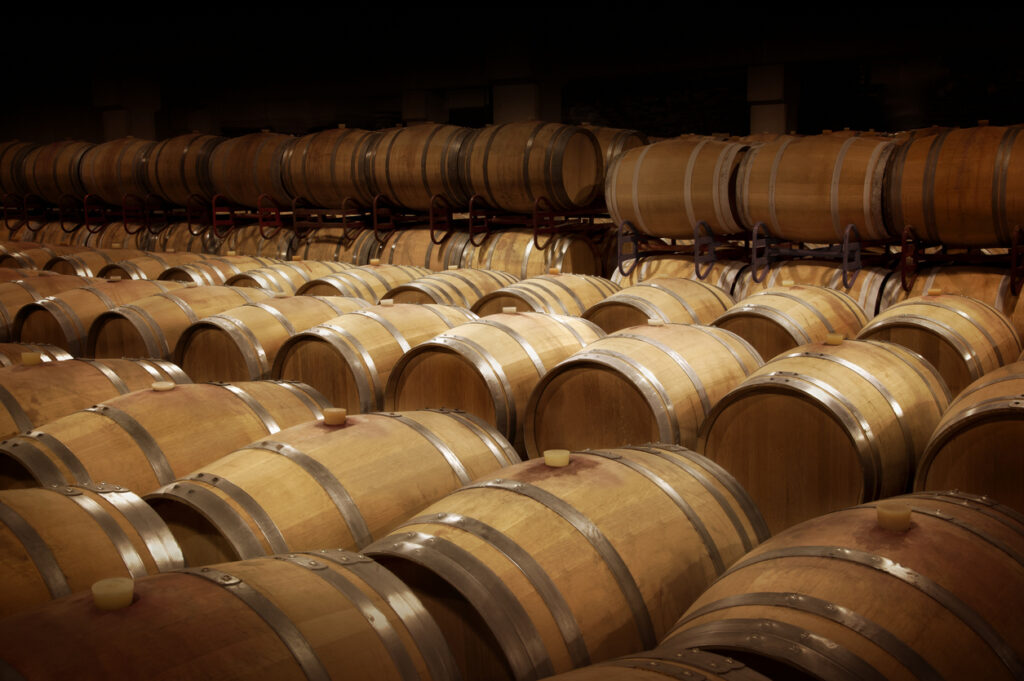
In the past, Chianti wines were often associated with the straw basket or fiasco bottle, but today, the wines are bottled in traditional glass bottles with the iconic black rooster symbol of the Chianti Classico DOCG on the label. The use of this trademark is controlled by the chianti classico consortium.
Chianti Wine Production
Chianti wine is one of the most famous Italian wines and is produced in the Chianti region of Tuscany, Italy. The main grape variety used in the production of Chianti wine is Sangiovese, which is known for its high acidity and tannins. Chianti wine is made from a blend of different grape varieties, including Cabernet Sauvignon, Merlot, Canaiolo, and Colorino.
Subzones
The Chianti region is divided into seven sub-zones, including Colli Fiorentini, Montalbano, Colli Senesi, Colline Pisane, Colli Aretini, Rufina, and Montespertoli. The Chianti Classico zone is the heart of the Chianti region and is located between Florence and Siena.
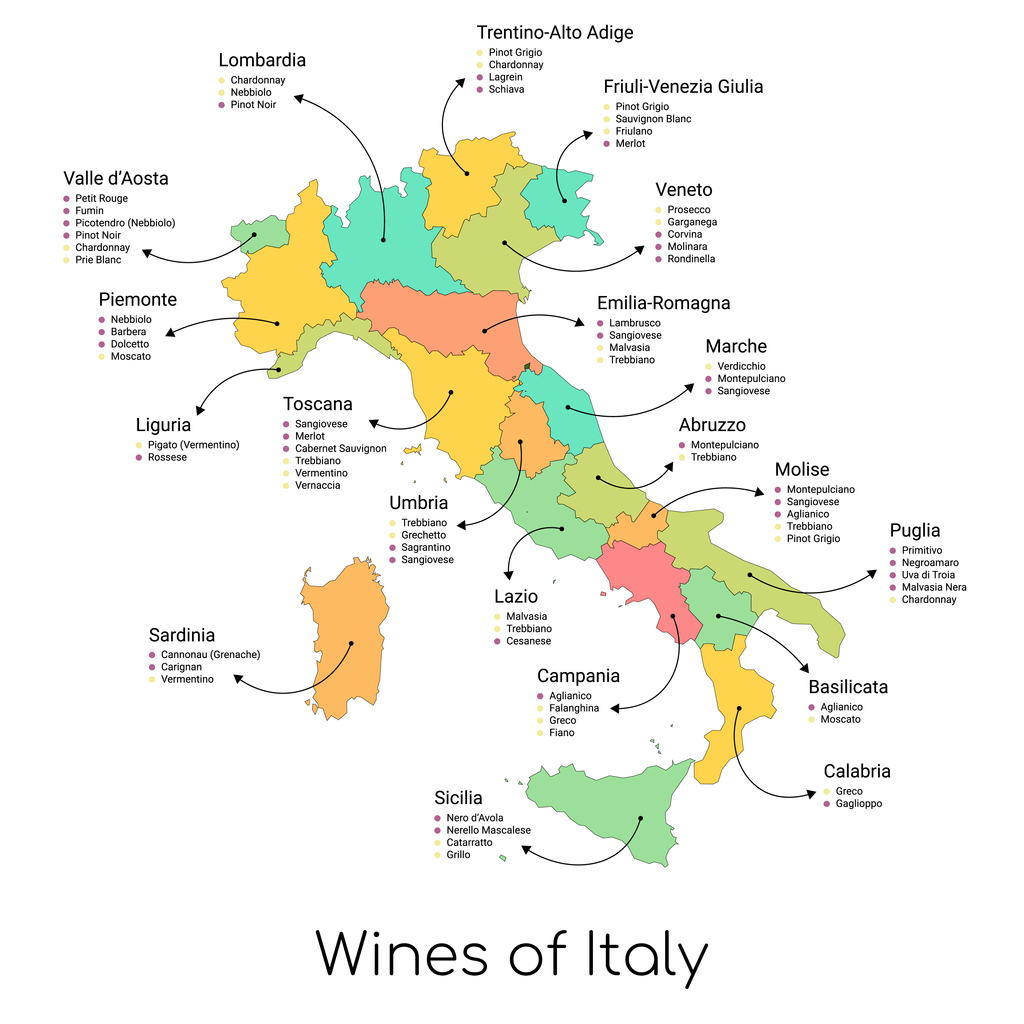
Chianti wine is classified into several categories, including Chianti, Chianti Riserva, and Chianti Gran Selezione. The Chianti Riserva and chianti classico Gran Selezione wines are aged for a longer time and are made from the best grapes. The Gran Selezione is the highest quality of Chianti wine and is made from Sangiovese grapes only.
Winemaking
The winemaking process of Chianti wine involves aging the wine in oak barrels, which gives it a distinctive flavor and aroma. The wine has a ruby-red color with aromas of cherry, leather, and spice. Chianti wine has high acidity and tannins, which makes it a perfect pairing for meat dishes, many pasta dishes, and pizza.
Chianti wine is famous for its straw basket, known as a fiasco, which was traditionally used to transport the wine. The black rooster, or gallo nero, is the symbol of Chianti Classico and is found on the label of Chianti bottles.
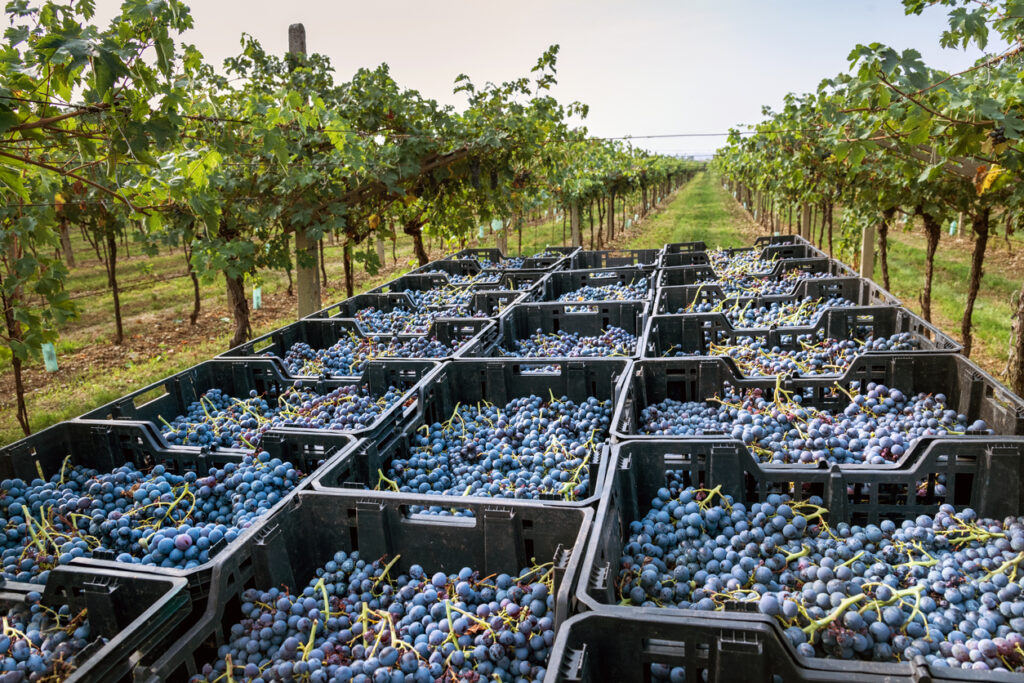
Chianti wine has a reputation for overproduction, but in recent years, the focus has shifted towards producing higher quality wines. The Lega del Chianti was established to promote the quality of Chianti wine and to protect its terroir.
In conclusion, Chianti wine production involves blending different grape varieties, including Sangiovese, and aging the wine in oak barrels. It has high acidity and tannins, and is famous for its cherry and leather aromas. Chianti wine is a perfect food pairing, for meat dishes, pasta, and pizza.
Chianti Wine Classification System
It is one of the most popular Italian wines, known for its rich flavor and deep red color. The Chianti region, located in Tuscany, Italy, has a long history of producing high-quality wine. In 1967, the Chianti wine classification system was introduced to regulate the production of Chianti wine.
The Chianti wine classification system is based on the location, grape varieties, and aging process of the wine. There are several categories of Chianti wine, each with its own set of rules and regulations.
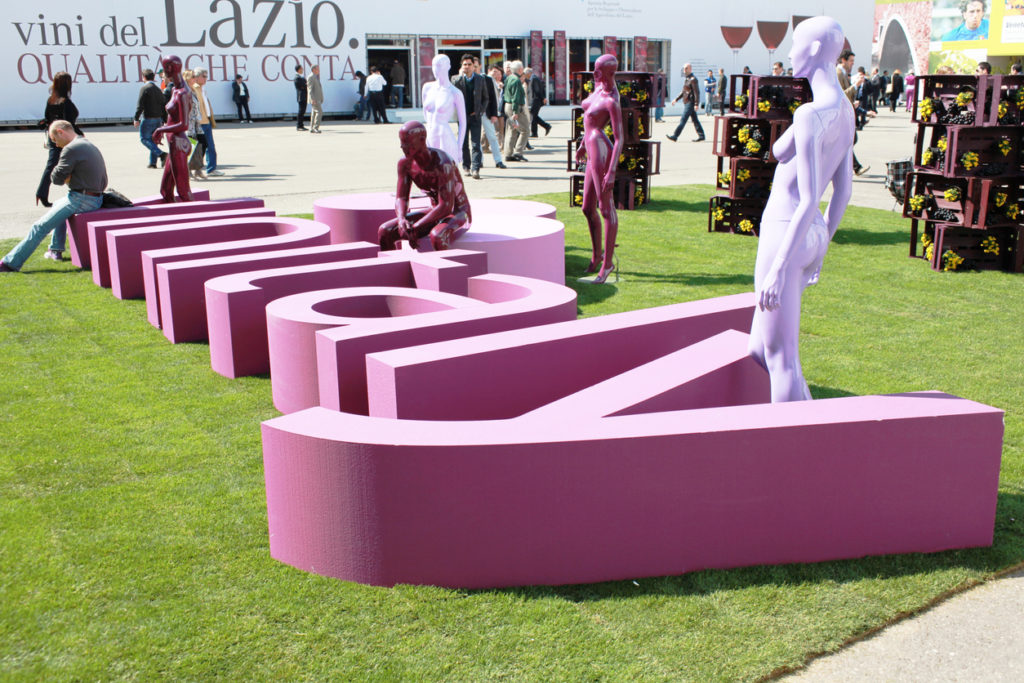
The following are the main categories of Chianti wine:
Chianti DOCG
This is the highest quality of Chianti wine. It is made from Sangiovese grapes, with up to 10% of other grape varieties allowed. The wine must be aged for a minimum of two years, with at least three months in the bottle. Chianti DOCG is further divided into several categories based on the subregion of production.
Chianti DOC
This category of Chianti wine is made from at least 70% Sangiovese grapes, with up to 30% of other grape varieties allowed. The wine must be aged for a minimum of four months, with at least two months in the bottle.

Chianti Superiore DOCG
This is a higher quality of Chianti DOCG wine, made from Sangiovese grapes with up to 10% of other grape varieties allowed. The wine must be aged for a minimum of nine months, with at least three months in the bottle.
Chianti Classico DOCG
This category of Chianti wine is made from Sangiovese grapes grown in the Chianti Classico subregion. The wine must be aged for a minimum of 12 months, with at least three months in the bottle.
The Chianti Classico gran Selezione is situated between Chianti Classio and Chianti Classico Riserva wines. They are aged in oak barrels for 18 months followed by 3 months in concrete tanks.
Chianti Classico Riserva DOCG
This is a higher quality of Chianti Classico DOCG wine, made from Sangiovese grapes grown in the Chianti Classico subregion. The wine must be aged for a minimum of 24 months, with at least three months in the bottle.

The Chianti wine classification system ensures that consumers receive high-quality Chianti wine that meets specific standards. Each category of Chianti wine has its own unique characteristics, making it easy for consumers to choose the perfect wine for their taste preferences.
Chianti Wine Regions in Tuscany
Chianti is a wine region in Tuscany, Italy, known for its red wines made primarily from the Sangiovese grape. The region is divided into seven sub-zones, each with its own unique characteristics and styles.
The seven sub-zones of Chianti are:
Chianti Classico
This sub-zone is the most famous and prestigious, located between Florence and Siena. The wines produced here are known for their elegance, structure, and complexity.
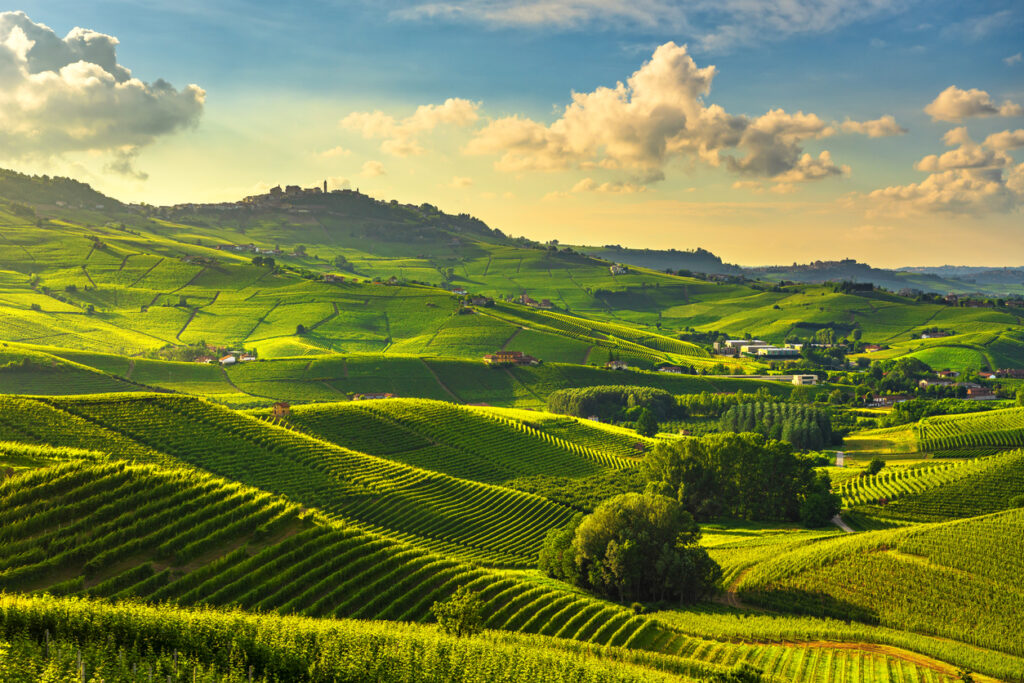
Rufina
Chianti Rufina is located in the northeast of the Chianti region, near the city of Florence. The wines produced here are known for their bright acidity and fruity aromas.
Colli Senesi
Chianti Colli Senesi is located in the southern part of the Chianti region, near the city of Siena. The wines produced here are known for their intense fruit flavors and soft tannins.
Colli Fiorentini
Chianti Colli Fiorentini is located in the hills surrounding the city of Florence. The wines produced here are known for their intense fruit flavors and full body.

Colline Pisane
Chianti Colline Pisane is located in the western part of the Chianti region, near the city of Pisa. The wines produced here are known for their delicate aromas and light body.
Chianti Montalbano
This sub-zone is located in the hills between Florence and Pistoia. The wines produced here are known for their floral aromas and light body.
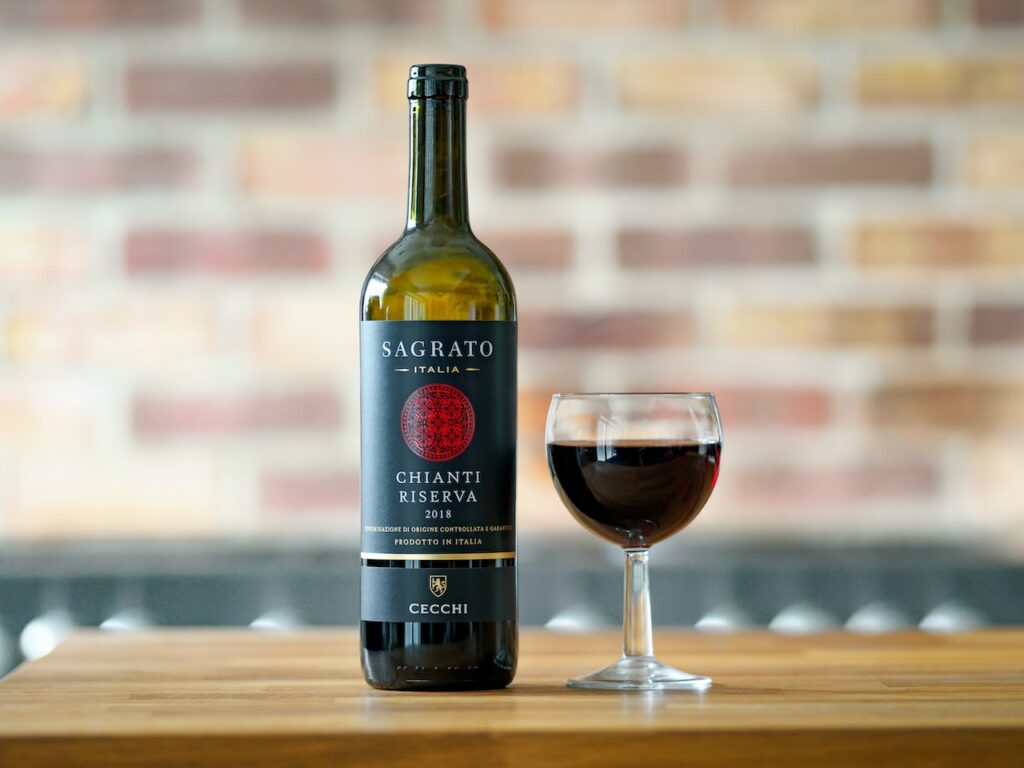
Chianti Montespertoli
This sub-zone is located in the western part of the Chianti region, near the city of Florence. The wines produced here are known for their intense fruit flavors and full body.
Each sub-zone has its own set of regulations and requirements for winemaking, which can affect the style and quality of the wines produced. However, all Chianti wines must contain at least 80% Sangiovese grapes and be aged for a minimum of three months in oak barrels.

